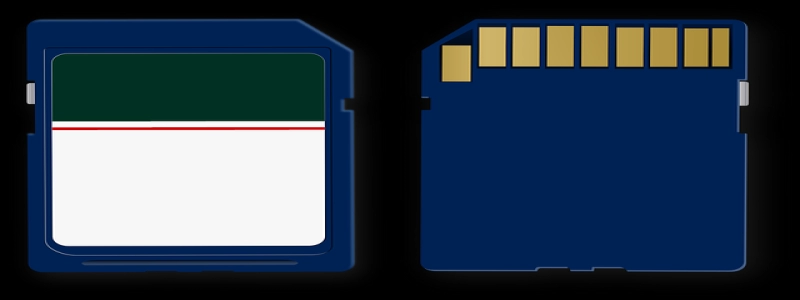Modbus RS485 to Ethernet Converter
Introduction
Modbus is a popular communication protocol used in industrial automation systems. It is a robust and simple protocol that allows different devices to communicate over a serial interface, such as RS485. However, with the rise of Ethernet as the standard communication technology, there is a need to bridge the gap between Modbus devices operating on RS485 and Ethernet networks. This is where the Modbus RS485 to Ethernet converter comes into play.
Section 1: What is a Modbus RS485 to Ethernet Converter?
A Modbus RS485 to Ethernet converter is a device that enables Modbus devices operating on RS485 to communicate over an Ethernet network. It acts as a bridge between the two different communication technologies, enabling seamless integration and communication between Modbus devices and Ethernet networks.
Section 2: How does a Modbus RS485 to Ethernet Converter work?
A Modbus RS485 to Ethernet converter converts the Modbus frames received from RS485 devices into TCP/IP packets that can be transmitted over an Ethernet network. The converter functions as a Modbus Slave on the RS485 side, receiving Modbus requests from the Master device. It then encapsulates these requests into TCP/IP packets and forwards them to the destination Modbus TCP/IP Slave device over the Ethernet network. Similarly, it receives Modbus TCP/IP frames from the Ethernet network, extracts the Modbus request, and forwards it to the corresponding Modbus RTU Slave device on the RS485 side.
Section 3: Features and Benefits of a Modbus RS485 to Ethernet Converter
– Integration: The converter allows seamless integration between Modbus devices operating on RS485 and Ethernet networks, enabling centralized control and monitoring.
– Extendability: Ethernet networks have higher bandwidth capabilities compared to RS485, allowing for the integration of a larger number of devices.
– Flexibility: The converter allows Modbus devices to be located remotely from the Master device, overcoming distance limitations of RS485.
– Compatibility: Modbus RS485 to Ethernet converters support both Modbus RTU and Modbus ASCII protocols, ensuring compatibility with a wide range of Modbus devices.
– Easy Configuration: Most converters come with user-friendly configuration software, making it easy to set up and manage the converter’s settings.
– Scalability: As the number of Modbus devices in an industrial automation system increases, additional converters can be easily added to the Ethernet network to accommodate the growing requirements.
Section 4: Applications of Modbus RS485 to Ethernet Converters
– Industrial Automation: Modbus RS485 to Ethernet converters are extensively used in industrial automation systems to integrate Modbus devices with Ethernet-based control systems and SCADA (Supervisory Control and Data Acquisition) systems.
– Building Automation: These converters are employed in building automation systems to enable communication between Modbus-based sensors, actuators, and controllers with central management systems.
– Energy Management: Modbus RS485 to Ethernet converters facilitate communication between Modbus energy meters and energy management systems, allowing for real-time monitoring and control of energy consumption.
Conclusion
Modbus RS485 to Ethernet converters play a crucial role in bridging the gap between Modbus devices operating on RS485 and Ethernet networks. They provide integration, extendability, flexibility, compatibility, easy configuration, and scalability. As a result, these converters find applications in various industries, including industrial automation, building automation, and energy management.







